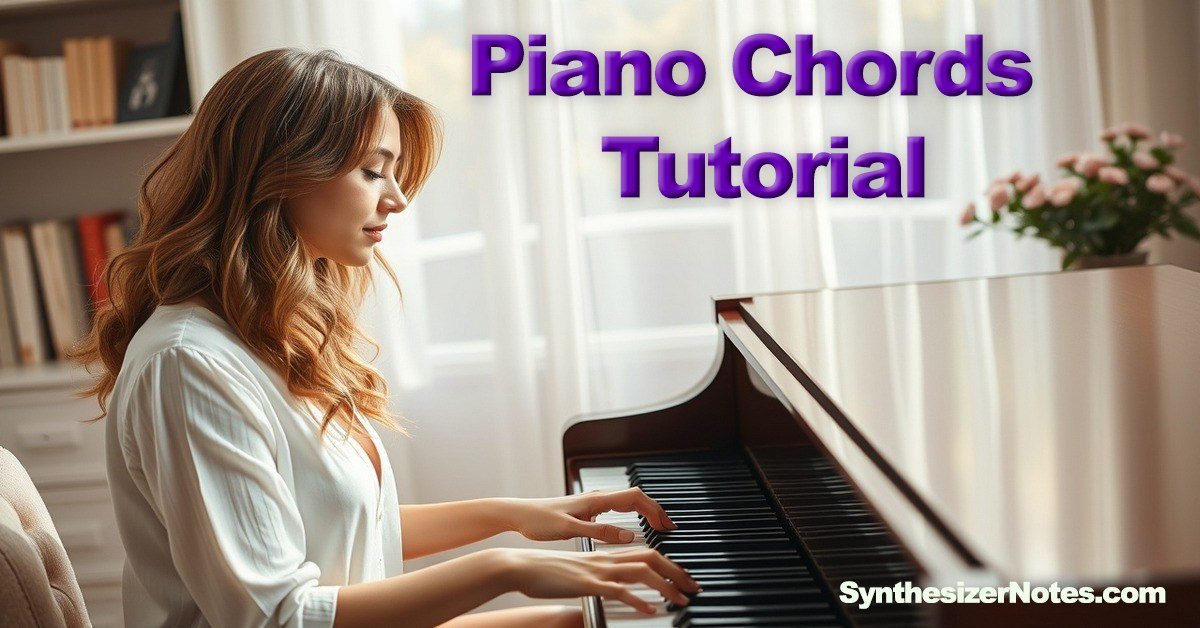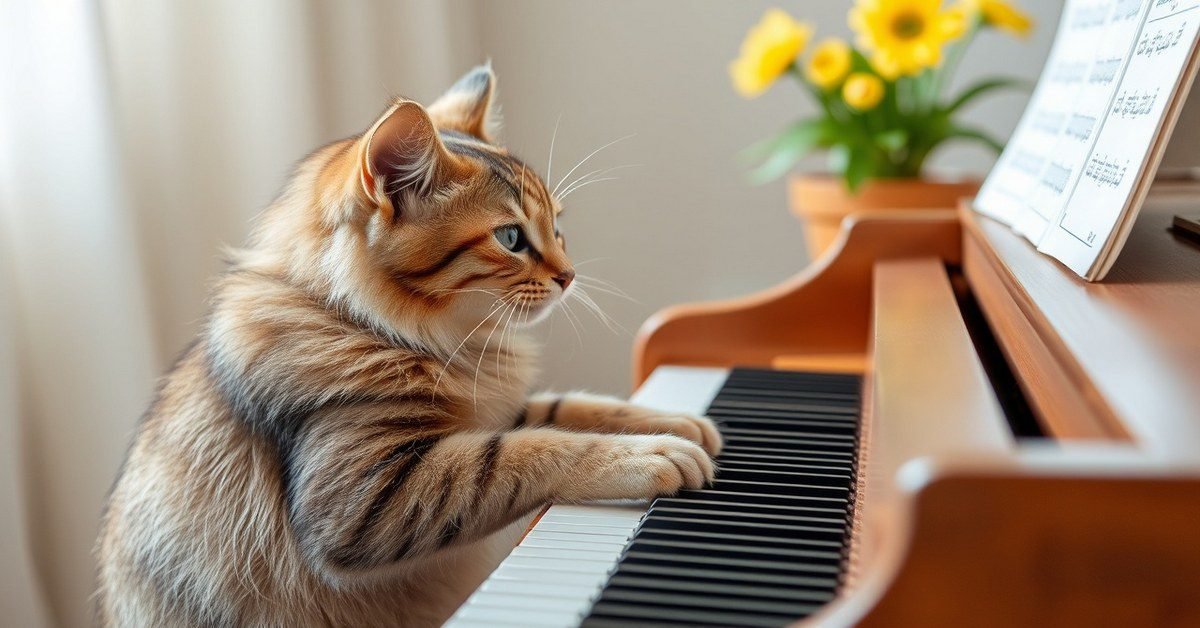Piano dynamics refer to the variations in loudness in a musical piece. They play a vital role in the overall expression and mood of the piece.
The symbols and words of the piano dynamics indicate how loud or soft the music should be played. They are usually written in Italian and placed above or below the musical staff.
Three Important Building Blocks
There are three core dynamic terms in music:
- piano (soft),
- forte (loud), and
- mezzo (moderate).
By combining or modifying these three terms, or by adding suffixes and prefixes, various other dynamic expressions are generated.
Important: While combining piano, forte, and mezzo can create some additional terms, there are other dynamic markings that do not include these basic terms and are individual words or symbols.
The symbols that are used on sheet music for these dynamic terms are given in brackets.
First, we will talk about the meanings of the three basic dynamic terms, such as piano, forte, and mezzo. The loudness of these terms will then be discussed in detail in the following section of the complete list of dynamic terms.
Piano (p): Although piano is the name of a musical instrument, it is also a term that refers to the dynamics of a piano.
Piano, in dynamic terms, means soft. If you see the letter p in sheet music, it means you have to play the music with a gentle touch.
Forte (f): Forte means loud. Play the music with a strong and powerful touch.
Mezzo: Mezzo is an Italian word that literally means moderate. The letter “m” is the symbol for mezzo. The mezzo term is not used alone, so you will never find mezzo (or symbol m) alone on sheet music.
It is usually paired with another dynamic term like mezzo piano (mp) or mezzo forte (mf).
List of Dynamic Terms in Piano
As we discussed, piano is soft, forte means loud, and mezzo means moderate. Now we will see how combining these terms creates a range of loudness from softest to loudest.
Pianissimo (pp): Very soft, like a gentle whisper.
Play the music with the utmost delicacy and a very gentle touch. Almost inaudible. Imagine a gentle whisper or the rustling of leaves.
Piano (p): Soft, like a quiet conversation.
Play the music with a gentle touch, but slightly louder than pianissimo. Think of a quiet conversation or the patter of raindrops.
Mezzo Piano (mp): Moderately soft, like a normal speaking voice.
Play the music with a moderate softness. A step louder than piano. Picture a hushed tone or the murmur of a stream.
Mezzo Forte (mf): Moderately loud, like a slightly raised voice.
Play the music with a moderate loudness. Halfway between piano and forte. Envision a normal speaking voice or the sound of traffic in the distance.
Forte (f): Loud, like a confident shout.
Strong, with a clear and vibrant tone. Play the music with a strong and powerful touch. Think of a confident shout or the roar of a waterfall
Fortissimo (ff): Very loud, like a passionate outburst.
Powerful, and even aggressive. Play the music with a very strong and forceful touch. Imagine a booming voice or a thunderclap.
Fortississimo (fff): Extremely loud, like a thunderous roar.
This is the loudest dynamic you’ll encounter in piano music. Imagine a full orchestra playing at its peak or a volcanic eruption.
Fortepiano (fp): Loud, then immediately soft. Play a note or passage loudly, then quickly reduce the volume.
In the following section, we will examine additional dynamic terms that do not involve the piano, mezzo, or forte terms.
More Dynamic Terms
In addition to the terms that are mentioned above, there are also other markings that can be used to indicate specific nuances of dynamics:
Crescendo (cresc.): Gradually get louder. This is shown by a symbol that looks like “<” and is placed under the music.
Decrescendo or Diminuendo (decresc. or dim.): Gradually get softer. This is shown by a symbol that looks like “>” and is placed under the music.
Sforzando (sfz or sf): Sudden, strong accent. Play a specific note or chord with a sudden emphasis.
By understanding and using these dynamic terms, you can add a whole new dimension to your piano playing and make your music more expressive and engaging. Use them expressively to bring your playing to life!
Remember, dynamics are not just about volume; they also affect the character and emotion of the music. Using these dynamic terms, pianists can add depth and meaning to their playing, bringing the music to life for their listeners.


